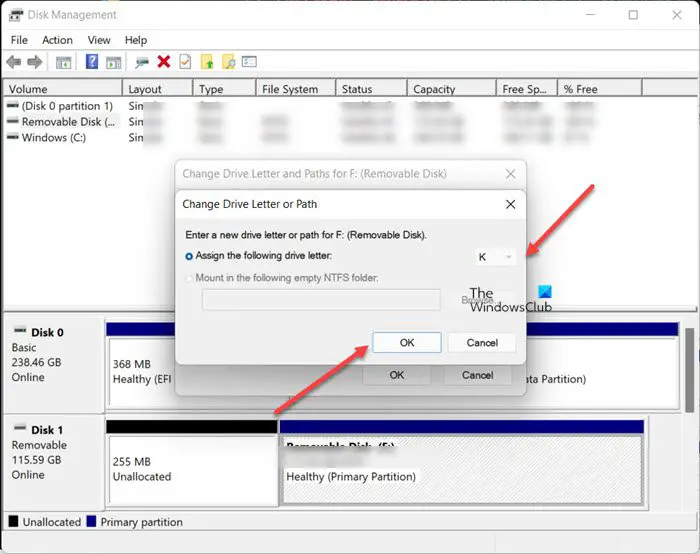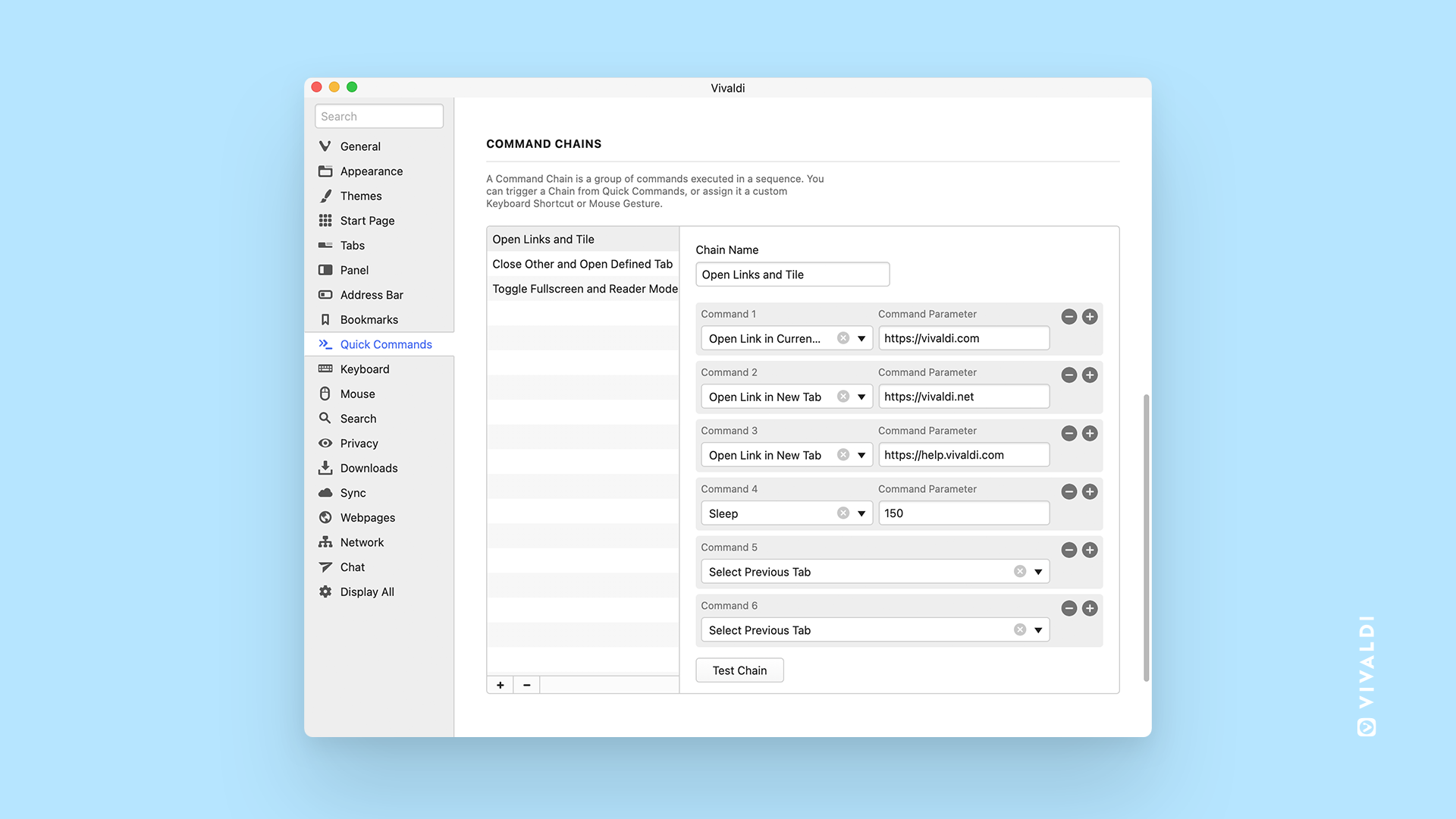

Once you've set up your first routine, be sure to press “Save” before moving on to the next one. If you’d rather, you can also dictate the command as you’d say it by pressing the microphone button next to each entry line. For this to work, the command is written as, “Turn up the volume and play my playlist on Spotify.” Don’t worry about grammar and punctuation here, though you want to be as explicit as you can with what content you want to hear and from which service. Since it's time to wake up, we’re going to ask it to turn the volume up and start playback on a specific Spotify playlist. Under the space that says “Google Assistant should do,” type out the action for the Assistant to perform. When that assigned keyboard shortcut is pressed, your specified folder opens in a File Explorer window.This saves you from having to manually find and open the folder. Then you assign that desktop shortcut a keyboard shortcut. Type in the name of your favorite program to have your Routine start playing it while it performs a whole host of other actions. In this workaround, you create a desktop shortcut for your specific folder. So Shortcuts may be a better choice depending on what you'd like your Google Assistant to do for you. However, there are only six Routines to choose from, and each offers a fixed set of customization options. Routines are more robust than Shortcuts because you can program each command to perform more than two actions at a time. The Google Assistant also utilizes a feature it calls “Shortcuts,” which allows you to customize a phrase that will trigger Google to perform a string of actions.


The best part is that they readily integrate with a number of the third-party devices in your home, like smart bulbs and connected thermostats. Like Amazon Alexa, the Google Assistant on the Google Home now offers its version of Routines, which are six pre-populated actions that you can customize to your liking. While the aptly named “Routines” feature on the Amazon Echo may get a lot of attention, the Google Home is every bit as capable of making your life easier. The same goes for the smart speaker in your home.

Practice, practice and then practice some more.Life can be a little more relaxed and a little less chaotic when you employ a routine.
ASSIGN HOTKEY ROUTINE HOW TO
Start by learning how to use 2D drawing tools and applying what you learn to 2D drawings.Ĥ. Search for exercises that will help you to memorize various commands by practice.ģ. Find blogs and tutorials specific to your field of work.Ģ. The key is you need to learn one step at a time. Many people think that learning AutoCAD is hard. Now try typing in the shortcut you are looking for. How do you see all of the keyboard shortcuts? After this process, you should be back to normal. If it is still acting up, you can shift again. Press the quotation mark key if you want to see whether or not it’s back to normal. To get your keyboard back to normal mode, all you have to do is press the ctrl and shift keys at the same time. Hold down the desired key combination, or press Backspace to reset, or press Esc to cancel. Step 2: Next we should create a shortcut to this EXE file. Step 1: First, find the EXE file of the program you want to add to the Start menu. To add programs to the Start menu, we must first create a shortcut and then copy this shortcut to the Start menu folder.
Click Keyboard Shortcuts in the sidebar to open the panel. ReplaceHow do I change my keyboard back to normal? Open the Activities overview and start typing Settings.
ASSIGN HOTKEY ROUTINE WINDOWS
… The left column denotes the key you’ll press (for example, the Caps Lock key) and the right column denotes the action that key will take (for example, acting as the Windows key). If you merely want to remap one key to another, SharpKeys is a simple, open-source program that uses the Windows registry. Click in the text box and enter a key that you wish to use in your hotkey. In the Properties dialog, find the text box labeled “Shortcut key”ĥ. Right-click the desired program file and choose “Properties”Ĥ. Find the application in the All Programs menu.ģ. Under Function Key Row, switch the setting from “Multimedia keys” to “Function keys”. From the START menu, open the Control Panel > Hardware and Sound > Windows Mobility Center (or search for Windows Mobility Center on the machine and open it directly).Ģ. In the Properties pane, change the properties of the command. In the Customizations In pane, locate and select a command under a user interface element.Ģ. In the Customize tab, do one of the following: In the Command List pane, select a command. How do I change the Command in AutoCAD 2020?ġ.


 0 kommentar(er)
0 kommentar(er)
